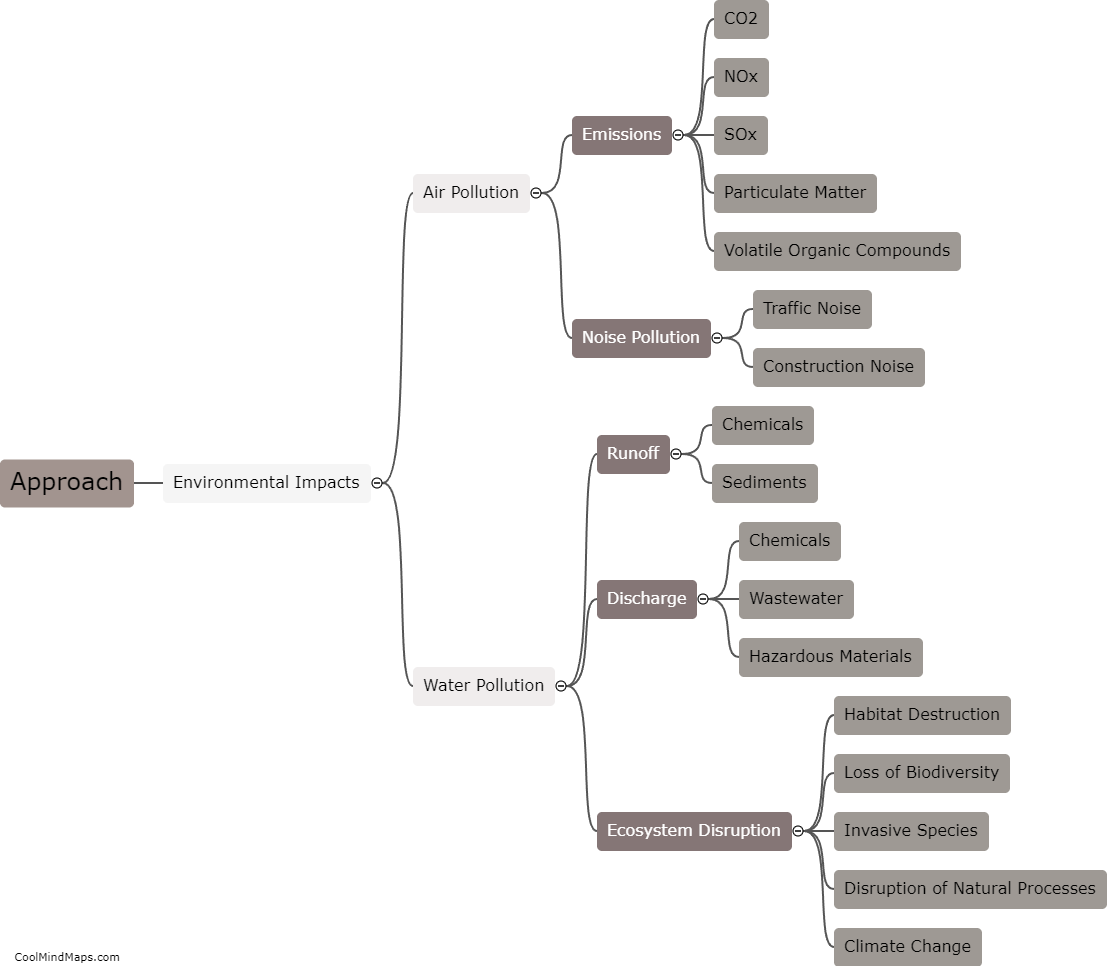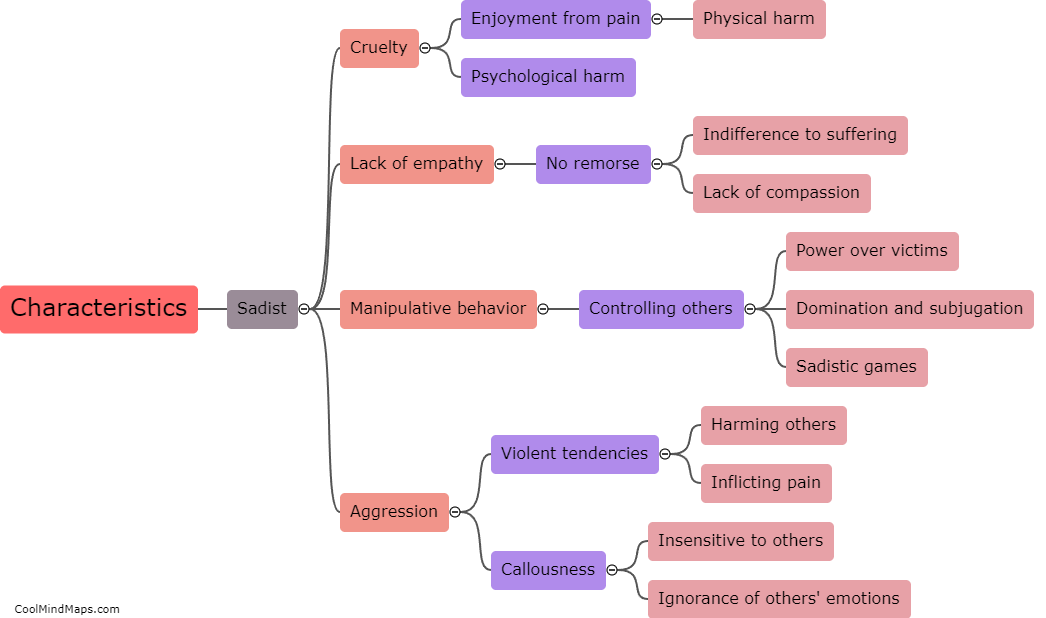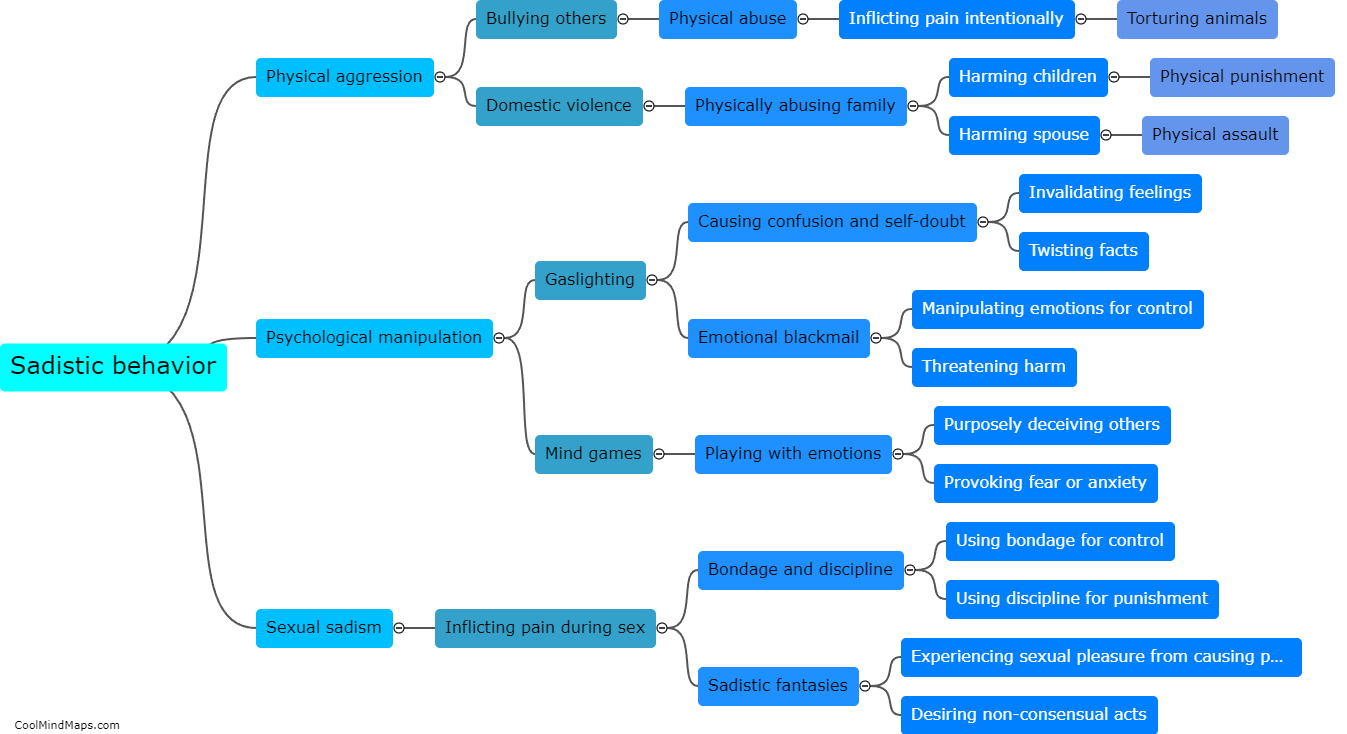Psychological theories on sadism
Psychological theories on sadism attempt to understand the underlying factors that contribute to an individual's sadistic behavior and enjoyment of inflicting pain on others. One prominent theory is rooted in Freudian psychoanalysis, which suggests that sadistic tendencies stem from unresolved childhood trauma or aggression. According to this theory, individuals who experienced abuse or witnessed violence during their formative years may develop sadistic tendencies as a way to regain control and release repressed anger. Another theory explores the influence of personality traits, suggesting that certain people are predisposed to sadistic behaviors due to a combination of genetic and environmental factors. Additionally, cognitive theories posit that sadistic individuals have a distorted perception of power dynamics and lack empathy, allowing them to derive pleasure from inflicting suffering on others. These psychological theories offer valuable insights into the complex and disturbing nature of sadism, helping us better understand and potentially intervene in such behaviors.

This mind map was published on 19 December 2023 and has been viewed 85 times.











